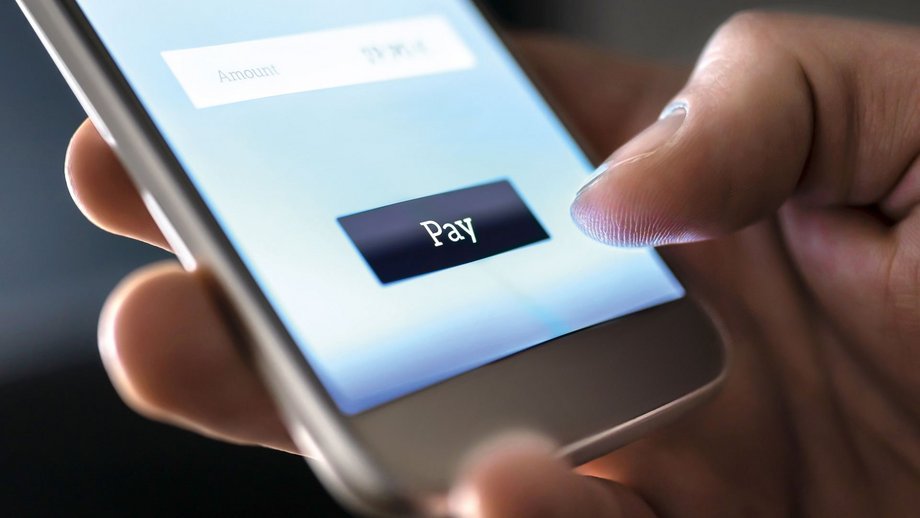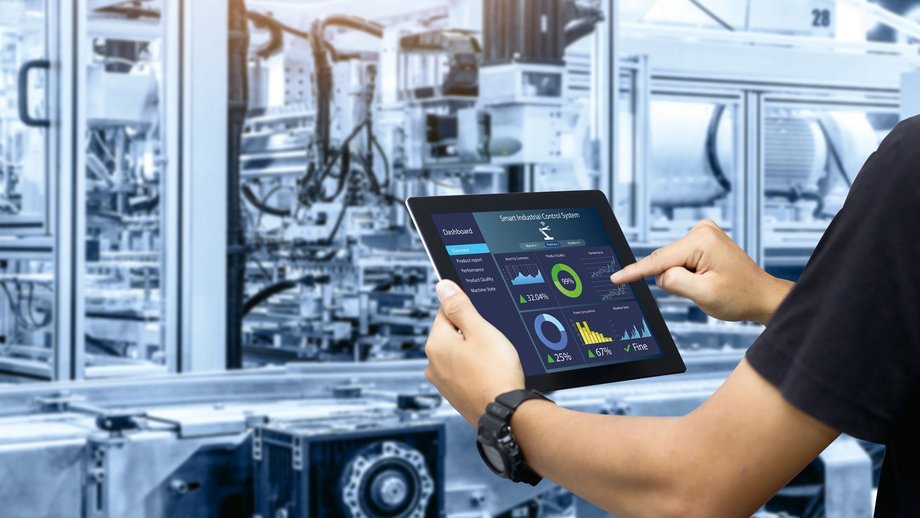Paying for goods and services, making phone calls, connecting with others, traveling, providing proof of ID, browsing the web – for these and other daily activities, consumers, citizens, businesses, and other organizations expect a range of options, reliable security, a high level of convenience, and innovative technology. G+D’s products and services provide all of these across the four core areas of payment, connectivity, identities, and digital infrastructures. Two things are particularly important to us. We work hard to improve existing products, such as banknotes, payment cards, SIM cards, IoT connectivity solutions, ID documents, and IT security solutions, taking them to the next level of technological innovation. Simultaneously, we are pursuing a strategy of adding digital twins to our existing portfolio. In the strict sense, a digital twin is the digital model of a physical object, such as a machine. Applied to G+D’s business areas, it means adding “digital twins" in various forms to existing solutions.
“It’s about expanding G+D’s portfolio to include digital components, which will co-exist with the existing options in areas such as payment,” says Jan Thyen, Head of Group Strategy and Corporate Development, G+D. “This gives our customers and end users even greater freedom of choice.”
Ralf Wintergerst, Group CEO of Giesecke+Devrient, explains: “Throughout G+D’s 170-year history, progress and change have always been firmly embedded in our identity, and they will continue to shape our future. We are constantly reinventing ourselves – it’s a fundamental part of who we are.”






